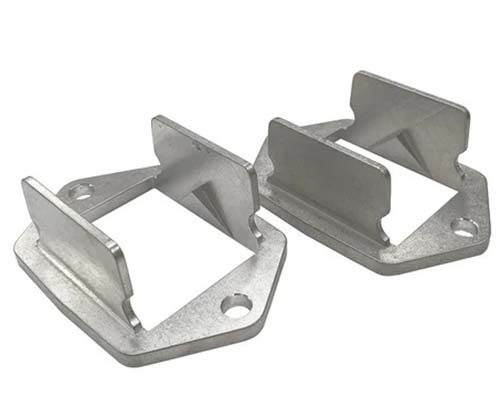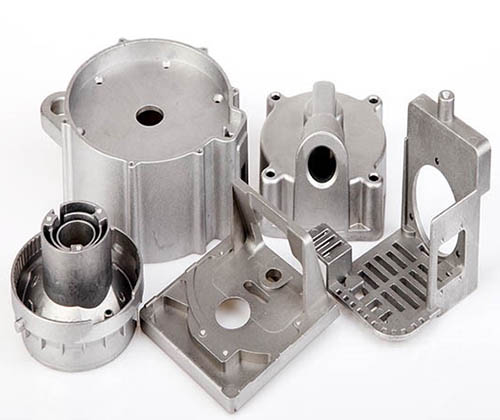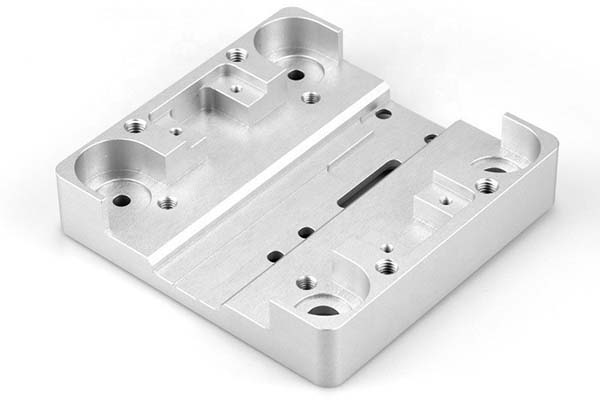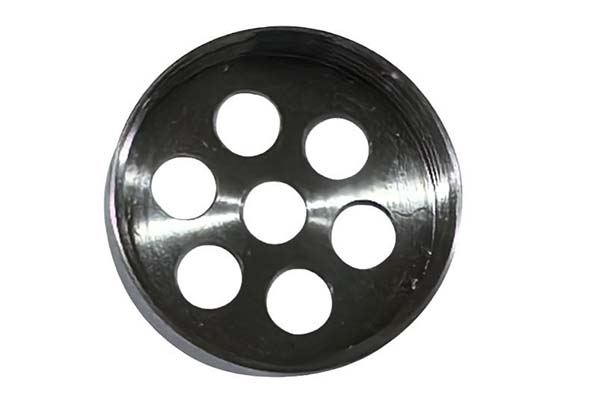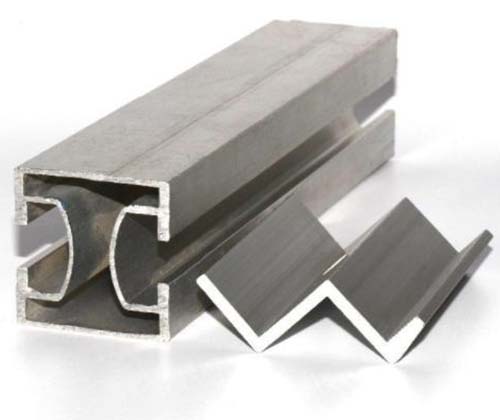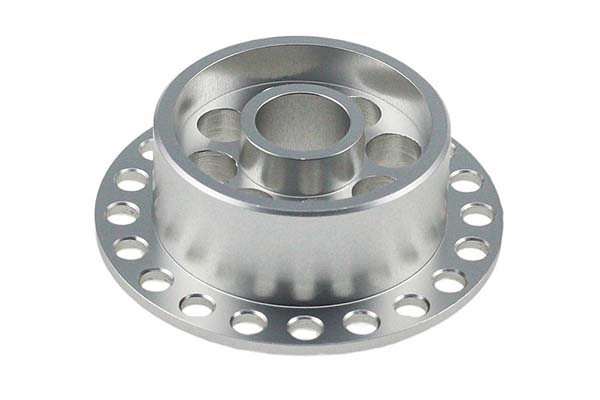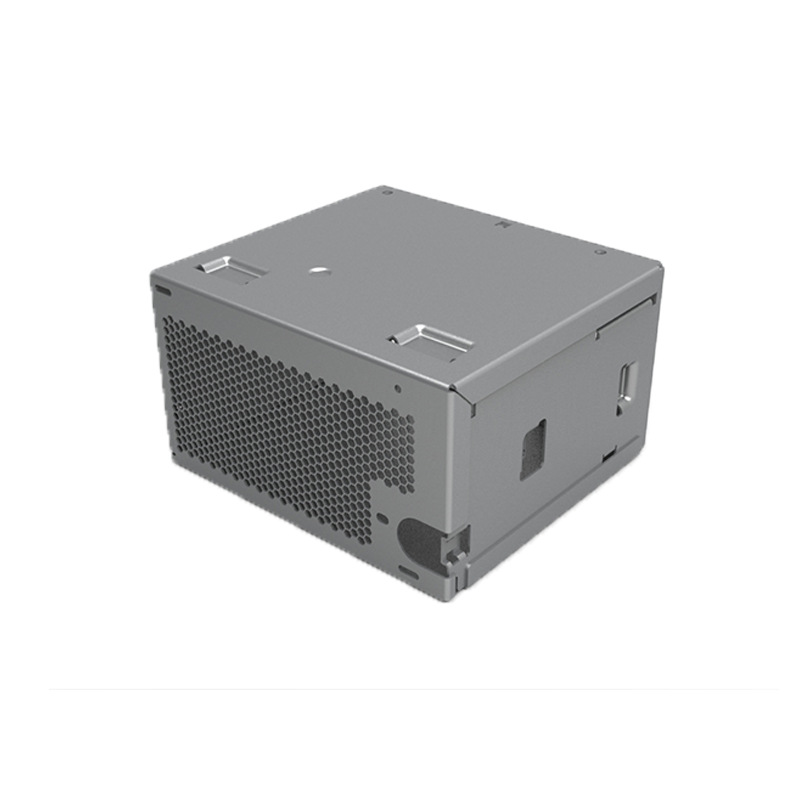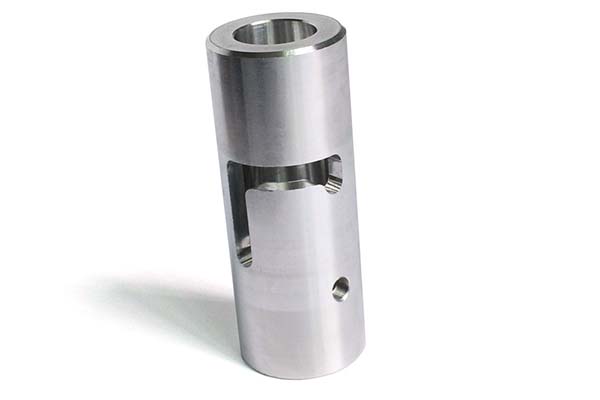You’ve chosen bronze (Cu-Sn) for its legendary wear resistance and corrosion resistance, expecting parts that excel in bearings and heavy-duty gears. But your production is facing hurdles: the molten bronze’s high viscosity leaves thin sections of bushings incomplete, creating weak points. Some castings have lower tensile strength than expected, failing under heavy loads, while others develop porous interiors that reduce their load-bearing capacity. Maybe the die wears out alarmingly fast, with maintenance intervals cut by a third, or the cycle time is so long it’s hard to meet production deadlines. Worse, your “high-hardness” phosphor bronze parts show excessive wear in testing, undermining bronze’s promise of durability in moving components.
Bronze (Cu-Sn) is a family of copper-tin alloys prized for their exceptional wear resistance and corrosion resistance. Their unique alloying elements (copper and tin) deliver a microstructure that combines strength with low friction, making them ideal for everything from valves to musical instruments. But unlocking their potential requires mastering the die casting process, from cold-chamber setups to post-treatment. In this guide, we’ll explore die casting bronze (Cu-Sn), helping you leverage its unique strengths to create reliable, high-performance parts for heavy-duty applications.
Material Properties: The Durable Strengths of Bronze (Cu-Sn) Alloys
Bronze’s reputation stems from its robust material properties—tailored by copper-tin ratios to meet specific application needs:
- Mechanical and wear performance: Bronze alloys offer a range of mechanical properties based on tin content. Phosphor bronze (90-95% copper, 5-10% tin, 0.01-0.3% phosphorus) delivers a tensile strength of 400-600 MPa, yield strength of 200-400 MPa, and elongation of 10-30%—ideal for springs and electrical connectors. Gunmetal (85% copper, 5% tin, 5% zinc, 5% lead) offers a tensile strength of 200-300 MPa with excellent machinability, making it suitable for valves and fittings. Their hardness (100-200 HB) is significantly higher than brass, providing exceptional wear resistance in bearings and gears—critical for reducing maintenance in rotating equipment.
- Corrosion resistance and structure: Bronze’s corrosion resistance is superior to many metals, withstanding freshwater, saltwater, and chemicals. Phosphor bronze resists tarnishing and corrosion in humid environments, lasting 20-30 years in marine applications. Gunmetal’s lead content improves lubricity but slightly reduces corrosion resistance, making it better for freshwater plumbing components. Their grain structure, refined by rapid cooling in die casting, forms hard intermetallic compounds that enhance wear resistance—critical for bushings that rub against metal shafts. Bronze has a density of 8.7-8.9 g/cm³ (heavier than brass but lighter than steel), providing stability in vibrating parts like gear systems.
- Casting fluidity and conductivity: Bronze alloys have moderate casting fluidity—lower than brass but sufficient for most complex geometries when heated to 1000-1100°C. Gunmetal flows better than phosphor bronze due to its zinc content, filling thin walls (2-3 mm) more reliably. Their thermal conductivity (50-80 W/m·K) is lower than brass but sufficient for heat-dissipating parts like electrical connectors. Electrical conductivity (10-20% IACS) is lower than brass, making them better suited for mechanical rather than conductive applications—though phosphor bronze’s conductivity is adequate for low-current components.
Die Casting Process: Overcoming Bronze (Cu-Sn)’s Challenges
Bronze’s high melting point and viscosity demand specialized die casting process controls to ensure quality and efficiency:
- Cold-chamber essentials: Bronze requires cold-chamber die casting due to its high melting point (1000-1100°C). Key parameters include injection speed of 0.5-1.5 m/s and injection pressure of 120-160 MPa—higher than brass—to force the viscous melt into cavities. Dies are made from H13 tool steel with ceramic coatings or nickel-based superalloys to withstand high temperatures, extending die life to 50,000-100,000 cycles (vs. 60,000-120,000 for brass). Die lubrication uses high-temperature graphite or boron nitride to prevent sticking, applied sparingly to avoid contamination that reduces wear resistance. For phosphor bronze, lower injection speed (0.5-1 m/s) prevents oxide formation, which weakens the final part.
- Die design and cooling: Bronze’s high heat retention requires aggressive cooling rate control (50-80°C/s) via water-cooled channels to prevent die damage and ensure dimensional stability. Draft angles of 2-3° (larger than brass) ease ejection, reducing stress on solidified parts—critical for brittle high-tin alloys. Venting (0.25-0.35 mm gaps) is critical to release trapped gas, as porosity in bearings reduces load-bearing capacity. The gating system uses short, wide runners to minimize pressure drop, with parting lines positioned to avoid flash that would require grinding (which can introduce stress cracks in high-tin bronzes).
- Post-casting steps: Bronze requires minimal post-casting treatment to preserve properties. Shot blasting (80-100 grit) removes surface oxides without damaging the wear-resistant layer, while annealing (450-600°C for 1-3 hours) relieves internal stress, improving ductility in gears. Quality control includes hardness testing (to verify 100-200 HB) and wear testing (using pin-on-disk machines) to ensure wear resistance. For decorative items, polishing achieves a rich, dark finish, highlighting bronze’s natural patina—though clear coatings may be added to prevent tarnishing in indoor applications.
Applications: Where Bronze (Cu-Sn) Alloys Excel
Bronze’s durable properties make it indispensable in wear-intensive and corrosive applications:
- Mechanical components: Bearings, bushings, and gears rely on bronze’s low friction and wear resistance—reducing maintenance in machinery by 50% compared to steel. Phosphor bronze’s combination of strength and elasticity makes it ideal for springs and flexible electrical connectors that need to withstand repeated bending. Gunmetal’s machinability suits valves and fittings, where precise threading is critical for leak-tight performance.
- Marine and industrial parts: Marine propellers, pumps, and valves use bronze for its saltwater corrosion resistance, outlasting steel by 5-10 years. Industrial equipment like hydraulic cylinders and press components leverages its strength and wear resistance, withstanding heavy loads in manufacturing environments. Plumbing components in chemical plants rely on bronze’s resistance to acids and alkalis, ensuring long service life in harsh conditions.
- Aerospace and decorative items: Aerospace components like landing gear bushings use phosphor bronze for its high strength-to-weight ratio and reliability under extreme conditions. Musical instruments (trombones, bells) depend on bronze’s acoustic properties—its grain structure produces warm, resonant tones. Architectural elements (door handles, statues) and decorative items use bronze for its rich patina, which develops over time, enhancing aesthetics without compromising durability.
Performance and Benefits: Why Bronze (Cu-Sn) Stands Out
Bronze (Cu-Sn) offers performance and benefits that make it irreplaceable in heavy-duty applications:
- Unmatched wear resistance: Bronze’s hard intermetallic compounds and natural lubricity reduce friction in moving parts, extending service life in bearings and gears by 2-3 times compared to steel. This reduces downtime and maintenance costs—critical for industrial equipment and transportation systems.
- Corrosion resistance: Bronze’s ability to withstand diverse environments (freshwater, saltwater, chemicals) eliminates the need for frequent replacements in plumbing components and marine parts. Its natural oxide layer acts as a protective barrier, self-healing minor scratches to maintain performance.
- Dimensional stability: Bronze’s low thermal expansion and high dimensional accuracy (±0.02 mm for parts under 100 mm) ensure a tight fit in precision assemblies like gear systems. This reduces vibration and noise, improving overall equipment performance and user comfort.
Yigu Technology’s Perspective: Expertise in Bronze (Cu-Sn) Die Casting
At Yigu Technology, we specialize in die casting bronze (Cu-Sn) for clients needing wear-resistant, durable parts. We optimize injection pressure (130-150 MPa) and cooling rate (60-70°C/s) to ensure dense, defect-free castings, even in thick-walled bearings. Our die designs feature enhanced venting to minimize porosity, with post-treatment annealing to relieve stress in high-tin alloys. Whether you need mechanical components, marine parts, or decorative items, we leverage bronze’s unique properties to deliver parts that excel in wear-intensive applications.
Frequently Asked Questions (FAQ)
- How can I improve the casting fluidity of bronze alloys?
Poor fluidity in bronze often stems from insufficient temperature or pressure. Increase melt temperature to 1050-1100°C (higher for high-tin alloys) to reduce viscosity. Boost injection pressure to 140-160 MPa for thick sections, and use a gating system with short, wide runners to minimize pressure drop. Adding 1-2% zinc (as in gunmetal) can also improve fluidity without significantly reducing wear resistance.
- Which bronze type is best for high-wear applications like bearings?
Phosphor bronze (10% tin, 0.1% phosphorus) is ideal for bearings and bushings due to its high hardness (150-200 HB) and low friction. The phosphorus refines the grain structure, enhancing wear resistance, while the tin forms hard intermetallic compounds that withstand contact with metal shafts. For lubricated applications, gunmetal (with lead) offers better machinability and lubricity but slightly lower strength.
- Why are my bronze castings porous?
Porosity in bronze results from gas entrapment due to inadequate venting or slow injection. Increase venting gaps to 0.3-0.35 mm in deep cavities and use multiple vents along parting lines. Speed up injection speed to 1-1.5 m/s (while avoiding turbulence) to fill the die before gas can escape. Degas the melt with nitrogen purging to remove dissolved gases, which is especially critical for high-tin bronzes prone to gas absorption.

